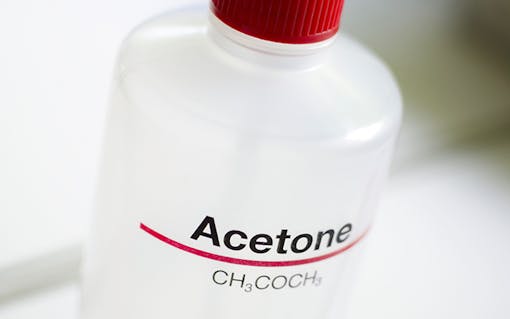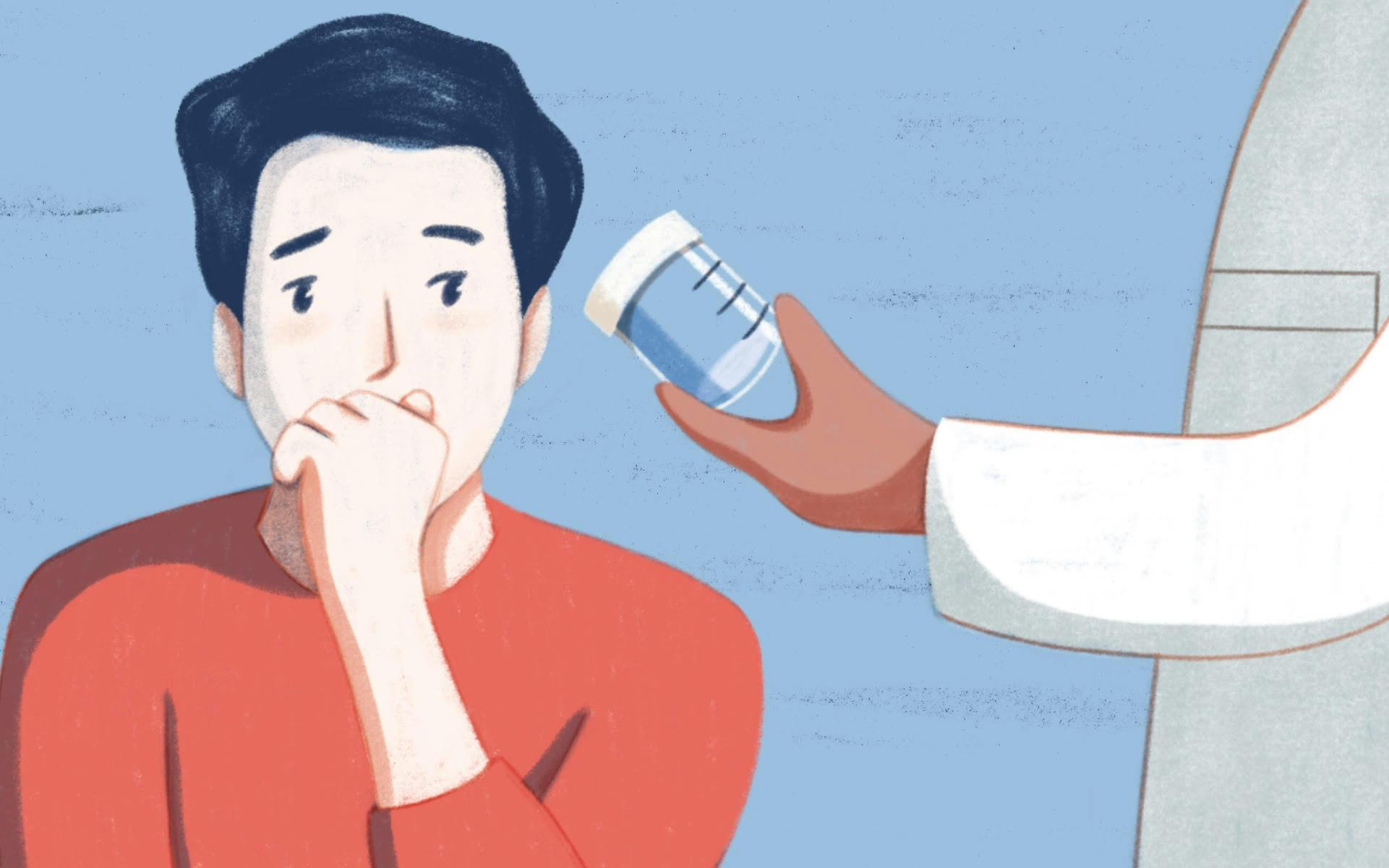Rumors spread that it was legal and that it would mimic the effects of real cannabis. But when more and more people began suffering side effects (which in some cases led to death), concerns arose over synthetic cannabis, a designer drug made for those who prefer health risks to legal risks – or for those blind to the risks altogether.
What is Synthetic Cannabis?

Not to be confused with legal synthetic THC like Marinol, this cannabis doppelganger is anything but FDA-approved. Synthetic cannabis (also called synthetic cannabinds, SCs, or synncanns) hides under many monikers like K2 and Spice, as well as a label which reads “Not for human consumption.” New varieties are introduced with shuffled ingredients as a way of maintaining their legality. These products would sit inconspicuously on the shelves of smoke shops and gas stations, and of course the internet offered an even broader selection of products.
A synthetic cannabinoid is not a cannabis product, but a chemical analog that binds to the same system of receptors. THC, the primary psychoactive chemical in herbal cannabis, latches to CB1 receptors in the brain to produce a euphoric high, and synthetic cannabinoids also bind here, but with a much higher affinity.
Synthetic cannabinoids can be 2 to 100 times more potent than THC and induce severe side effects like vomiting, chest pain, increased heart rate, vision blackouts, headaches, kidney damage, agitation, high blood pressure, and psychosis. Significant withdrawal symptoms have also been reported.
John William Huffman, a Harvard graduate and organic chemistry professor at Clemson University, began synthesizing hundreds of novel cannabinoids in the mid-1980s for medical research purposes using funding from the National Institute of Drug Abuse (NIDA). They were intended as tools for understanding cannabinoid mechanisms, but in 2008 following the publication of his work, one cannabinoid called JWH-018 appeared thousands of miles away in a German forensic lab. They named it “Spice” and disseminated it to curious, experimentally-inclined customers.
Simple to manufacture with a remarkably short turnaround time, it didn’t take long for clandestine drug manufacturers to jump on the opportunity and open the market floodgates. Huffman’s response: “Someone opened Pandora’s box.”
How to Make Synthetic Cannabinoid Blends

Synthetic cannabinoids are typically shipped overseas from China to manufacturers who prepare the blends using high-proof alcohol or acetone solvents. It’s basically a reverse-extraction: the synthetic molecules are dissolved in a solvent and introduced to its plantlike host material through a soaking or spraying process.
Shop highly rated dispensaries near you
Showing you dispensaries nearMuch can go wrong in the production process. A poorly mixed solution or an uneven spray job can result in chemical “hot spots,” or dangerously potent areas of the batch. The unlucky customer who happens to buy a bag with this concentrated chemical hot spot is likely to experience some pretty terrible side effects.
You can use your imagination to come up with tons of other production errors, especially in the hands of unexperienced or careless manufacturers. Is your novel cannabinoid source reliable? Is your potency analysis accurate? Is it actually the cannabinoid you think it is?
While the DEA chases down large-scale operations, small operations sell their questionable products under established “brand” names. Without a system of regulation, it’s anyone’s guess how a product was made, what ingredients went into it, and what potency each batch exhibits.
All of these uncertainties are contributors to the dangerous side effects and even deaths from synthetic cannabis. So why are people turning to it despite its dangers?
Simple. People typically choose synthetic cannabis over real cannabis for the following reasons:
- Cannabis is illegal in their state
- Synthetic cannabinoids don’t turn up on a urine analysis
Unfortunately, these short-sighted “advantages” aren’t worth the risk of death or serious side effects that can compromise your health. The success of these life-threatening products rides the wave of cannabis prohibition. It’s yet another reason to keep fighting the good fight for legalization.







